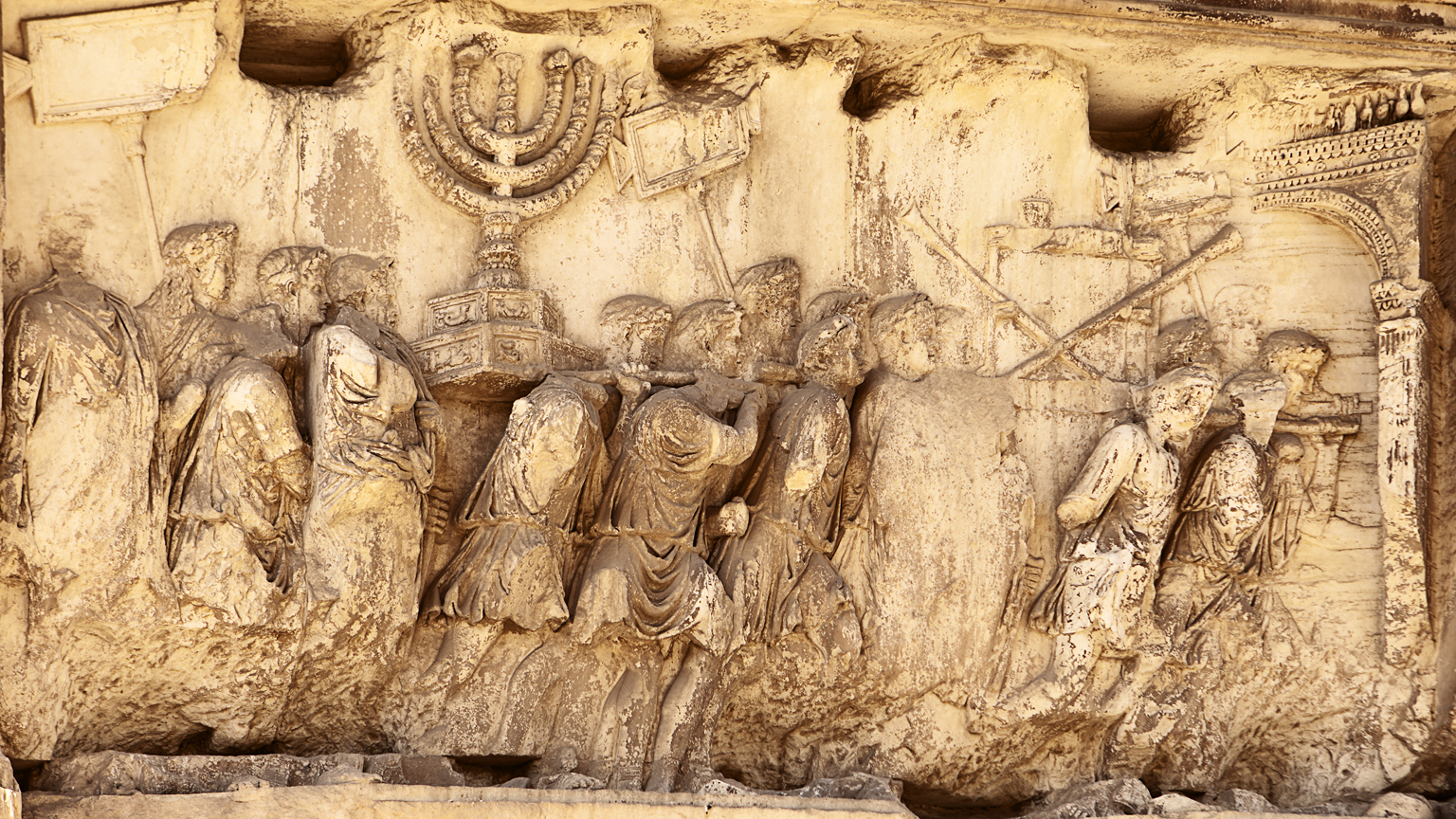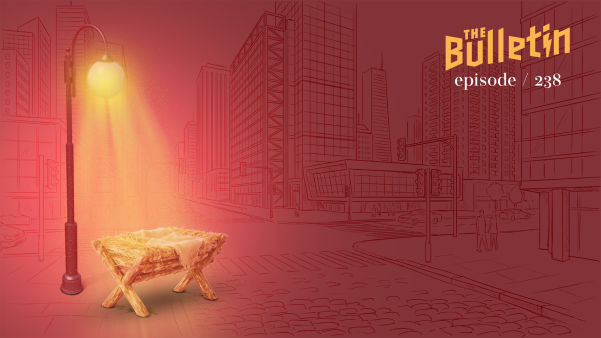Gessius Florus loved money and hated Jews. As Roman procurator, he ruled Judea, caring little for their religious sensibilities. When tax revenues were low, he seized silver from the temple. As the uproar against him grew, in A.D. 66, he sent troops into Jerusalem who massacred 3,600 citizens. Florus’s action touched off an explosive rebellion—the First Jewish Revolt—that had been sizzling for some time.
Launching the Revolt
The Jewish Revolt began—and met its bitter end—at Masada, a hunk of rock overlooking the Dead Sea. The Romans had built a virtually impregnable fortress there. Yet the atrocities of Florus inspired some crazy Zealots to attack Masada. Amazingly, they won, slaughtering the Roman army there.
In Jerusalem, the temple captain signified solidarity with the revolt by stopping the daily sacrifices to Caesar. Soon all Jerusalem was in an uproar, expelling or killing the Roman troops. Then all Judea was in revolt; then Galilee.
Cestius Callus, the Roman governor of the region, marched from Syria with twenty thousand soldiers. He besieged Jerusalem for six months, yet failed. He left six thousand dead Roman soldiers, not to mention weaponry that the Jewish defenders picked up and used.
Emperor Nero then sent Vespasian, a decorated general, to quell the Judean rebellion. Vespasian put down the opposition in Galilee, then in Transjordan, then in Idumea. He circled in on Jerusalem. But before the coup de grace, Nero died. Vespasian became embroiled in a leadership struggle that concluded with the eastern armies calling for him to be emperor. One of his first imperial acts was to appoint his son Titus to conduct the Jewish War.
Crushing the Revolt
By now, Jerusalem was isolated from the rest of the nation, and factions within the city fought over strategies of defense. As the siege wore on, people began dying from starvation and plague. The high priest’s wife, who once basked in luxury, scavenged for crumbs in the streets.
Meanwhile the Romans employed new war machines to hurl boulders against the city walls. Battering rams assaulted the fortifications. Jewish defenders fought all day and struggled to rebuild the walls at night. Eventually the Romans broke through the outer wall, then the second wall, and finally the third wall. Still the Jews fought, scurrying to the temple as their last line of defense.
That was the end for the valiant Jewish defenders and for the temple. Historian Josephus claimed that Titus wanted to preserve the temple, but his soldiers were so angry at their resilient opponents that they burned it. The remaining Jews were slaughtered or sold as slaves.
The Zealot band that took Masada held it for at least three more years. When the Romans finally built their siege ramp and invaded the mountain fortress, they found the defenders dead—they had committed suicide to avoid being captured by foreigners.
Results of the Revolt
The Jewish Revolt marked the end of the Jewish state until modern times. The destruction of the temple also signified a change in the Jews’ worship (although that change had begun as Jews had been scattering throughout the world for at least six hundred years). The first destruction of the temple, by the Babylonians in 586 B.C., had forced the Jews to become people of the Book. The temple’s sad end slammed the door on the Jew’s sacrificial system. They adjusted, of course, creating new rituals for home and synagogue. But the Sanhedrin was dissolved, and the center of Jewish religion moved to the educational institutions of Jamnia.
Where were the Christians? Out of town, basically. Many had been driven out of Jerusalem by persecution decades earlier. Eusebius wrote that when the revolt began, in A.D. 66, some of the remaining Jewish Christians fled to Pella, a city across the Jordan River.
It could be said that these events threw the young church’s balance of power toward the Gentiles. Missionaries like Paul had originally dealt with a strong (and conservative) Jewish church, based in Jerusalem. But the Christian Jews’ non-involvement in the revolt drove an obvious wedge between them and their traditional counterparts. After A.D. 70, Christians were not permitted in the synagogues.
The fall of Jerusalem, then, made the Christians even more distinct from the Jews and impelled the church to develop among the Gentiles.











